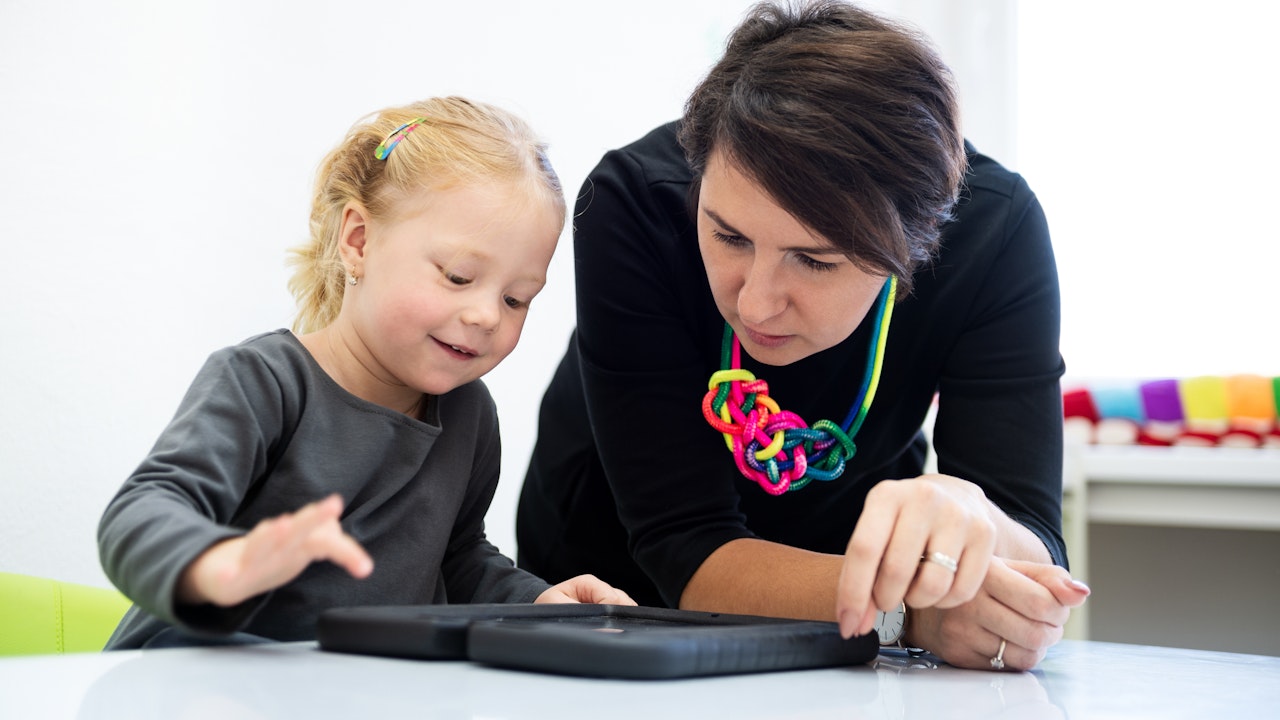Homepage
•
Learning Library
•
Blog
•
All Teachers Should Be Ready To Incorporate Assistive Tech
Expand breadcrumbs
Expand breadcrumbs
- Learning Library
- Blog
- All Teachers Should Be Ready To Incorporate Assistive Tech
- Homepage
- •
- Learning Library
- •
- Blog
- •
- All Teachers Should Be Ready To Incorporate Assistive Tech
All Teachers Should Be Ready To Incorporate Assistive Tech
By Christopher Bugaj
November 17, 2022








